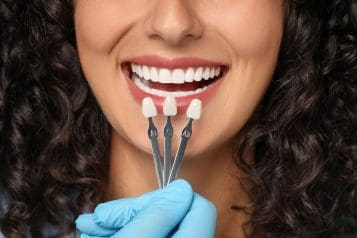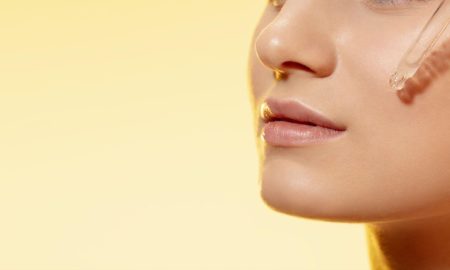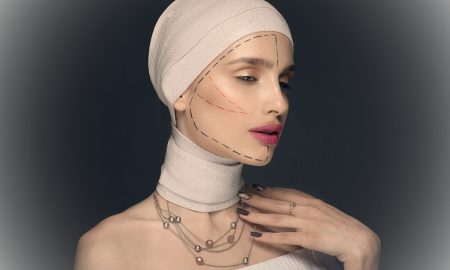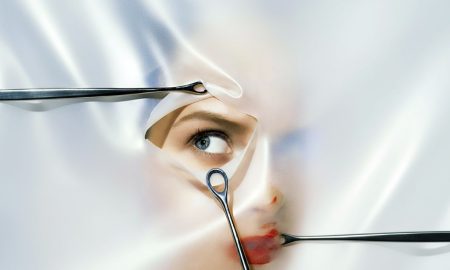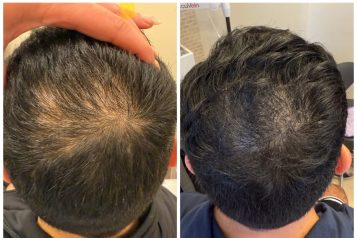Regenerative medicine is making waves in the aesthetic world, and stem cell therapy is at the forefront of this transformation. Once confined to the realm of medical treatments for degenerative diseases and injury repair, stem cells are now being harnessed to rejuvenate skin, restore hair, and enhance natural beauty. But how does it work, and is it the future of anti-aging? Here’s what you need to know about stem cell therapy in aesthetic medicine.
 Photo Credit: Shutterstock
Photo Credit: Shutterstock
What Are Stem Cells and How Do They Work?
Stem cells are unique in that they have the ability to develop into different types of cells within the body. In aesthetic medicine, they are primarily used for their regenerative properties, helping to repair and rejuvenate tissues by stimulating collagen production, enhancing blood flow, and reducing inflammation. The two most common sources of stem cells for aesthetic treatments are:
- Adipose-Derived Stem Cells (ADSCs): Harvested from fat tissue through a minimally invasive procedure like liposuction.
- Bone Marrow-Derived Stem Cells: Extracted from the bone marrow, though this method is less commonly used in aesthetics.
Additionally, stem cell treatments may incorporate exosomes, which are tiny vesicles secreted by stem cells that carry growth factors, proteins, and genetic material to stimulate repair and rejuvenation.
Aesthetic Applications of Stem Cell Therapy
- Facial Rejuvenation: Stem cell-based treatments are being used to improve skin texture, tone, and elasticity. Whether injected directly into the skin or combined with microneedling and platelet-rich plasma (PRP), stem cells help reduce fine lines, wrinkles, and even acne scars.
- Hair Restoration: For individuals experiencing hair thinning or early stages of hair loss, stem cell therapy offers a promising alternative to traditional treatments. When injected into the scalp, stem cells promote follicle regeneration, stimulate hair growth, and improve overall hair density.
- Body Contouring and Fat Grafting: In procedures such as fat grafting, stem cells enhance the survival of transferred fat cells, leading to longer-lasting, more natural results in areas like the breasts, buttocks, and face. This is particularly beneficial in Brazilian Butt Lifts (BBLs) and breast augmentation using fat transfer.
- Scar and Wound Healing: Stem cell therapy aids in scar reduction by promoting skin cell turnover and minimizing fibrotic tissue formation. It has also been used post-surgically to accelerate healing and improve the appearance of scars.
The Advantages of Stem Cell Therapy in Aesthetics
- Minimally Invasive: Many stem cell procedures involve simple injections or topical application, reducing downtime.
- Natural Rejuvenation: Instead of synthetic fillers or implants, stem cell therapy enhances the body's own healing mechanisms.
- Long-Lasting Results: Unlike traditional treatments that wear off over time, stem cells continue to promote tissue regeneration for months to years.
- Reduced Risk of Rejection: Since the stem cells are often harvested from the patient’s own body, the risk of an adverse reaction is minimal.
Are Stem Cell Treatments Safe?
While stem cell therapy is generally considered safe, its use in aesthetic medicine is still being researched. It’s important to seek treatment from board-certified experts who specialize in regenerative aesthetics and use FDA-compliant techniques.
The Future of Stem Cells in Beauty
As research and technology continue to evolve, stem cell therapy is expected to become an even more powerful tool in aesthetics. Innovations such as bioengineered stem cells, customized stem cell cocktails, and combination treatments with lasers and PRP are paving the way for the next generation of non-surgical rejuvenation.
Stem cell therapy represents an exciting shift in aesthetic medicine, offering natural, regenerative solutions for aging and cosmetic concerns. While it’s not a one-size-fits-all approach, those looking for science-backed rejuvenation may find stem cell-based treatments to be a game-changer.
For more information, visit Dr. Steven Victor's social media:






